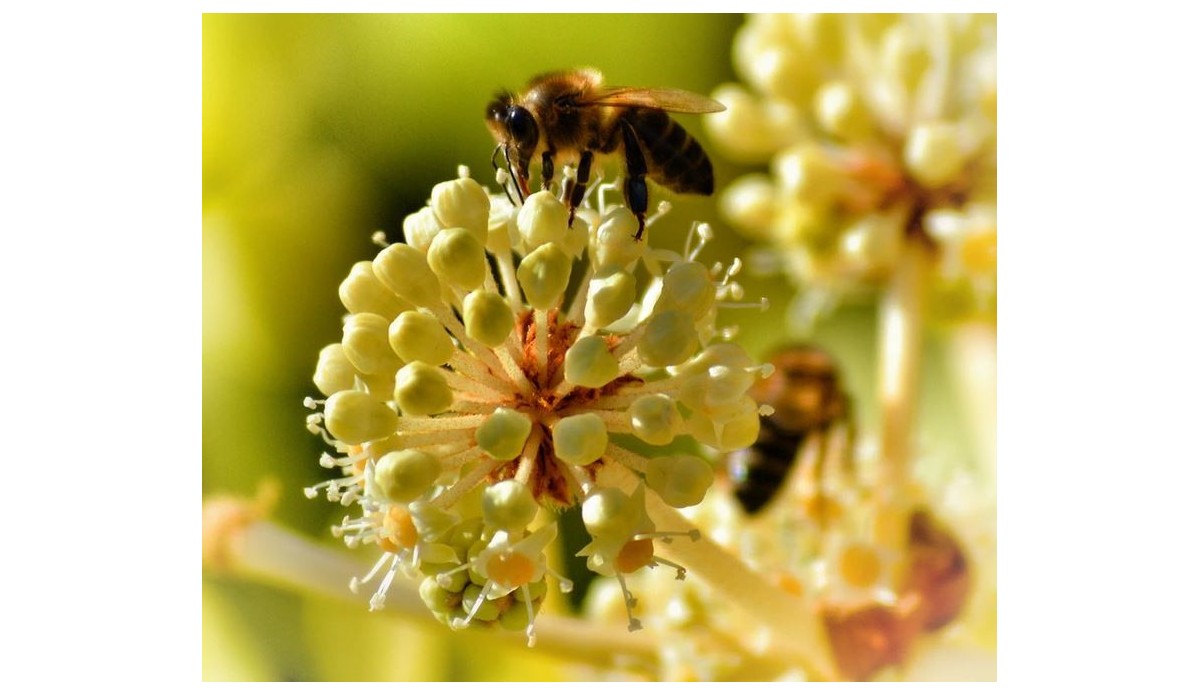Bees: protected species?

Are bees really a species protected by law? In which particular cases? What law is applicable?
Most of us have heard that bees are a species protected by the Law, but in many cases we do not know how to identify exactly the regulations or how to apply them.
In this blog post we will clarify whether or not the bees are a protected species, and in which cases in particular we will apply one or the other law.
To be able to apply the corresponding law effectively, we have to make a very clear distinction in 2 differentiated groups: the wild honey bee (which is in its natural stage) and the domestic honey bee (the one we have in beekeeping farms for its handling and production).
The law applicable to the wild bee (the Law that protects it) is Law 42/2007, December 13, on the Natural Heritage of Biodiversity. It is precisely Article 52 that protects all wildlife (and, consequently, also protects the wild bee). It will be the same Autonomous Communities who take the necessary legislative and regulatory measures to apply the Law and the correct protection of wildlife and their natural habitat.
In practice, we can see how Article 52.3 explicitly expresses the prohibition of "killing, harming, disturbing or intentionally disturbing wild animals, regardless of the method used or the phase of their biological cycle." Therefore, under this law, we will not be able to "hunt" or capture a wild swarm that is in a tree, as it explicitly states "This prohibition includes its retention and live capture, destruction, damage, collection and retention of its nests, of their offspring or their eggs, the latter being still empty, as well as the possession, transport, traffic and trade of living or dead specimens or their remains, including foreign trade. "
Therefore, it will be the Autonomous Community itself which, through administrative authorizations, can regulate all activity related to wild bees (swarm capture in urban areas, for example).
But what if this swarm that is in the tree is precisely in the tree in front of the hive that has just swarmed? In this case, we can clearly relate that the swarm that is in the tree in front of the hive is formed by a set of domestic honey bees that has just swarmed. (We understand that in this case we can capture this swarm without breaking the law, since in fact it is domestic bees).
Therefore, we have to be clear that this law will not affect domestic bees (the bees that are part of the beekeeping holdings), since domestic bees will be governed by other laws that refer to livestock farms and beekeeping holdings such as Royal Decree 209/2002, of February 22, Law 8/2003, of April 24, and Royal Decree 479/2004, of March 26.
We hope to have clarified the difference between applying one law or another in each specific case: that of wild bees and that of domestic bees.
Mundoabejas.com team







Comments
No comment at this time!
Leave your comment